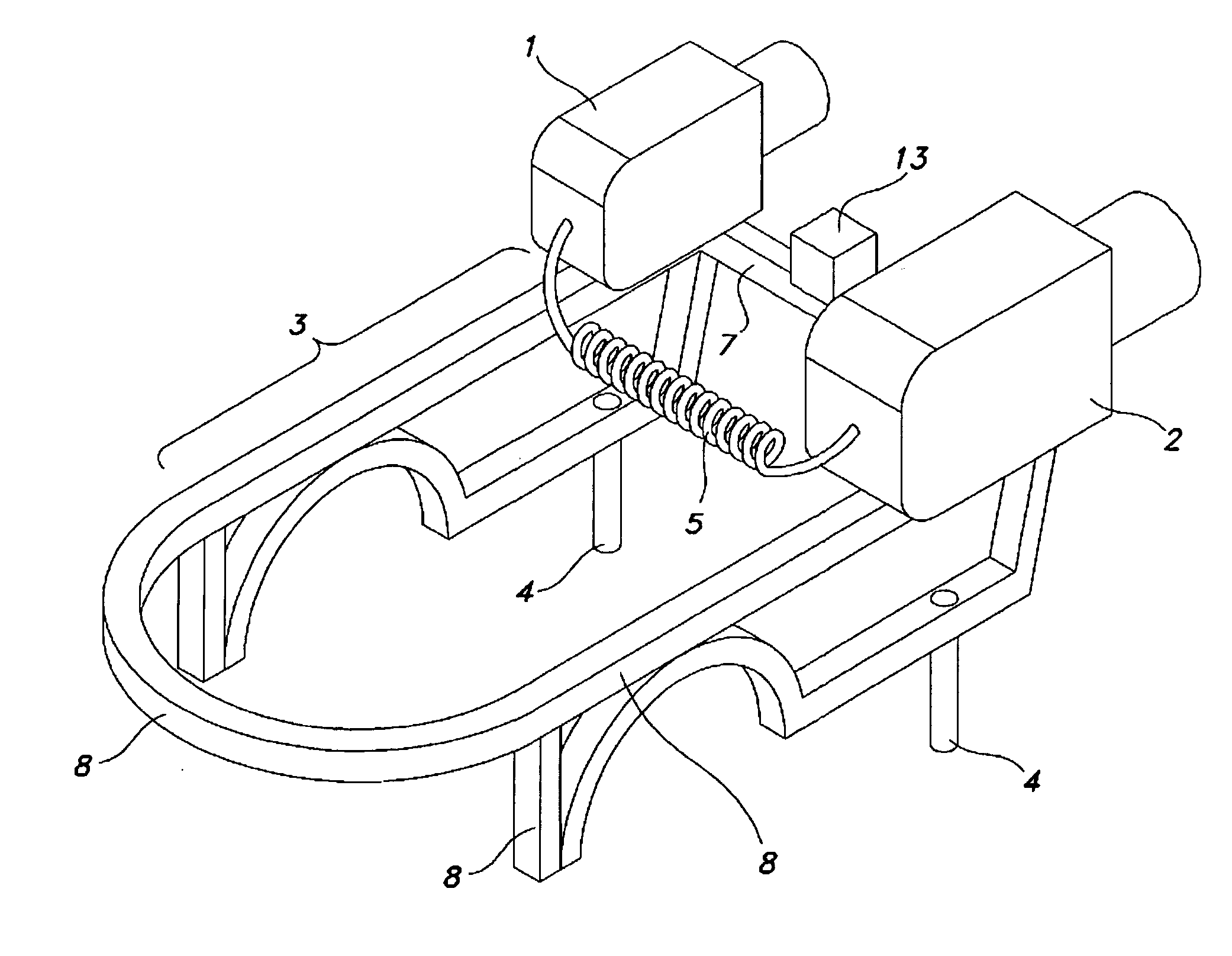Nondestructive residential inspection method
a residential inspection and non-destructive technology, applied in the direction of material flaw investigation, optical radiation measurement, instruments, etc., can solve the problems of not meeting the requirements of true temperature evaluation, requiring expensive equipment and time to take temperature measurements, and not meeting the requirements of thermal imaging inspection of pitched roofs, etc., to achieve the effect of facilitating the contrast of at least one temperature profil
- Summary
- Abstract
- Description
- Claims
- Application Information
AI Technical Summary
Benefits of technology
Problems solved by technology
Method used
Image
Examples
Embodiment Construction
[0066] A home inspection is a thorough visual examination of a home's structural and systemic condition. A home inspection evaluates the physical condition of the home, identifies items that may need repair or replacement and identifies systems and components that are nearing the end of their service life.
[0067] Because a home purchase is one of the biggest investments a person will ever make, a home inspection is crucial in providing valuable information about the investment. It also assists in protecting against unknown and costly repairs that may not be obvious to the untrained eye. Items covered typically include the property's wall, roof, structural components and major electrical, plumbing and operating systems.
[0068] Major areas of investigation in a home inspection include: I. Improper electrical wiring, such as open ground, hot and neutral reverse, inadequate overload protection, and hazardous wiring connections; II. Roof damage and leakage caused by old or damaged shingl...
PUM
 Login to View More
Login to View More Abstract
Description
Claims
Application Information
 Login to View More
Login to View More - R&D
- Intellectual Property
- Life Sciences
- Materials
- Tech Scout
- Unparalleled Data Quality
- Higher Quality Content
- 60% Fewer Hallucinations
Browse by: Latest US Patents, China's latest patents, Technical Efficacy Thesaurus, Application Domain, Technology Topic, Popular Technical Reports.
© 2025 PatSnap. All rights reserved.Legal|Privacy policy|Modern Slavery Act Transparency Statement|Sitemap|About US| Contact US: help@patsnap.com



